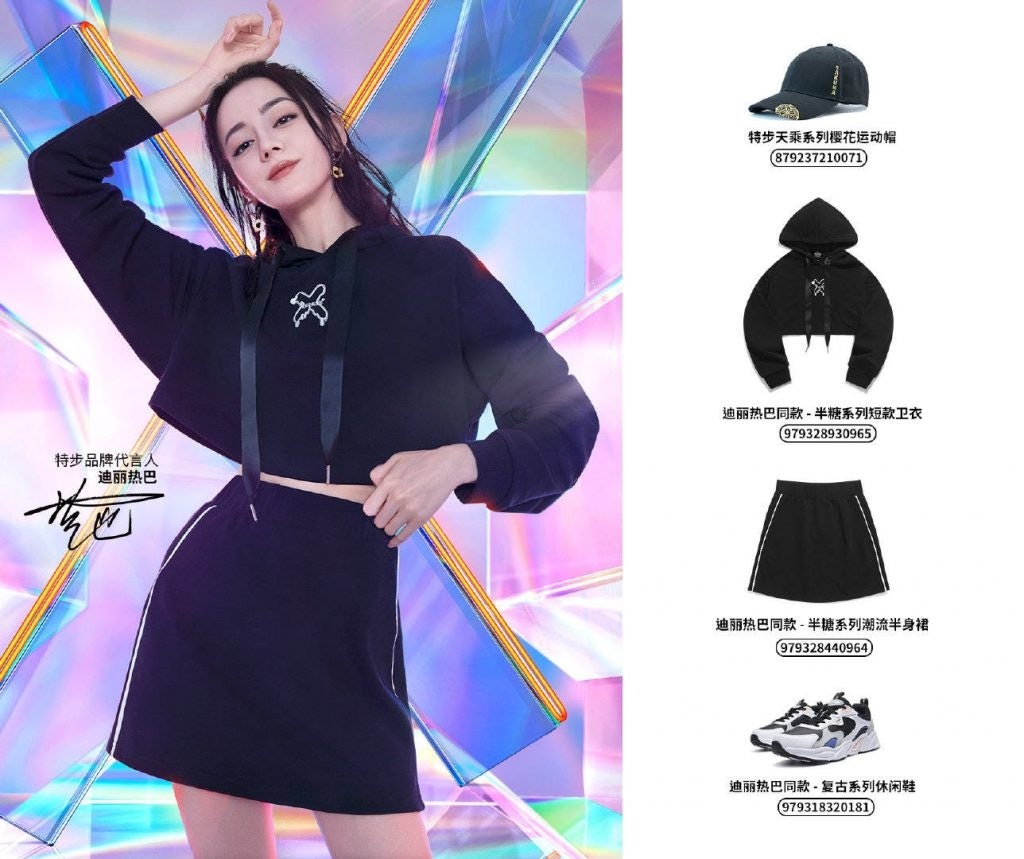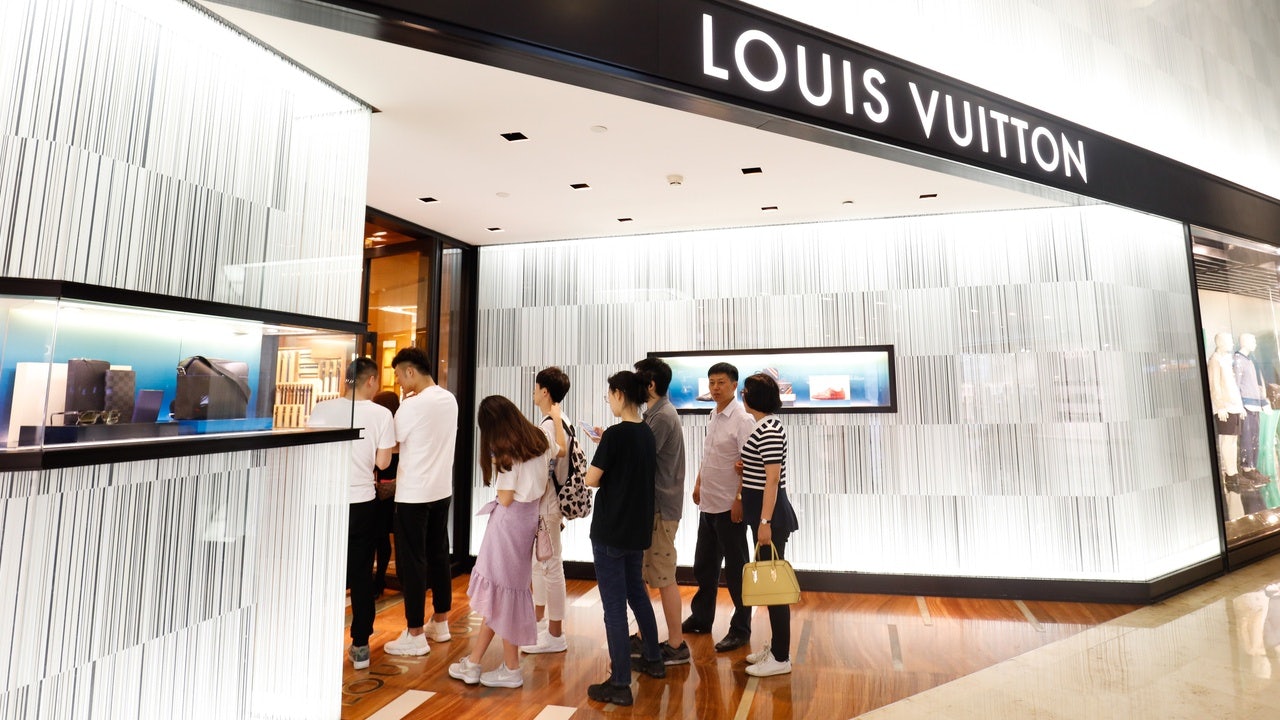Key Takeaways:#
According to Jerry Clode, founder of The Solution and China analyst, the over-use of tactical marketing is now a clear indicator of a brand relationship gone bad.
China marketing strategist Amber Wu says that companies approach the market without precisely understanding their consumers or brand proposition.
Once companies create a clear backdrop, allowing consumers to fulfill their deepest desires to be global citizens. Chinese shoppers are often intensely loyal as a result.
Many say Chinese consumers are not particularly loyal. Younger shoppers are even more fickle, blindly chasing trends and products over names. In fact, China’s Gen Zers allegedly lose interest in labels at the drop of hat, especially non-portfolio names. However, this might just be an excuse for international luxury not doing enough to retain their interest.
Loyalty is nearly always hard-won. Companies have to outdo themselves when it comes to differentiation. They must be innovative in their product lines, reactive to trends, and responsive to consumer demands, all in the hope of retaining existing consumers. On the whole, it works – if consumers have a good experience, like the product, and rate the service or experience, they will return.
On the other hand, if you fail to offer newness, shoppers will, inevitably, drop off. That is as true in China as anywhere else. However, in China, the situation is heightened in two ways:
- The country operates a sophisticated and competitive retail culture which is rooted in a dynamic online landscape.
- China is home to an unstoppable luxury market.
Additionally, attention spans are shorter as online-first customer journeys, shaped by mobile phones and short videos, are more ad hoc. The proliferation of opportunities for peer influencing and word of mouth is also much higher, which means not targeting your customers on the correct e-commerce or social platforms is a major pain point for companies.
Once brands understand what is unique about the Chinese shopper, they will realize that loyalty is, in fact, there for the taking. Given that, Jing Daily explores the question, what can brands do to earn Chinese shopper loyalty?
The overuse of tactical marketing#
The TrendInsight x Kantar Worldpanel 2021 China Beauty Industry White Paper outlines how traditional marketing methods such as sales promotions or other popular models have begun to cool down. Instead, content that brings emotional satisfaction has gained more praise from consumers.
Jerry Clode, founder of branding agency The Solution and an expert in Chinese consumer and digital culture, concurs. He explains that one of the things eroding luxury, or “providing an inconsistent measure with the loyalty of Chinese consumers,” is the overuse of tactical marketing. In fact, this strategy is now a clear indicator that a brand relationship has turned sour.
“The predisposition is to be loyal, and brands do things to muddy the waters, including this form of marketing. But, it is only an impression and not necessarily the brand that is committing these tactical approaches. The wider environment often dictates it, as we see in major e-festivals that demand tactical collaborations, but that is not storytelling,” Clode stated.
When companies consider shoppers as transactions, they are failing to build a brand. Of course, being in this position is a privilege, yet still, leaders must find out how the brand can be part of the consumer's life beyond production and transaction.
The disproportionate overdependence on celebrity culture#
The reliance on celebrity culture, KOLs, and KOCs is much higher in China, requiring brands to invest more capital and time to compensate for bigger risks. The latter can also lead to a disproportionate overdependence on a particular celebrity, who is perceived as ‘safe’, given that working with the wrong ones can be detrimental.
Consequently, if companies over-depend on these so-called safe bets, issues of brand differentiation can emerge. Take A-list celebrity Dilraba who has 74 million Weibo followers; she currently endorses roughly 20 brands, including her latest, Chinese sportswear brand Xtep. Is this really how brands hope to create a long-term relationship with fans that will take them to consumers growing up with the label?

Emerging Communications China marketing strategist, Amber Wu, suggests that companies should not even consider the strategy without precisely understanding their consumers and brand proposition first. KOLs are not one-stop solutions for marketing or branding approaches.
“Celebrities and KOLs come and go, so solely relying on them is risky and unsustainable," she said. "It’s also precarious in terms of scandals and costly as sophisticated consumers may detect the commercialization behind using the same celebrities and move on.”
Most importantly, brands need to figure out how their brand proposition connects emotionally with consumers long term. Wu adds: “When you have a good product and strong brand proposition, the right celebrity/KOLs may help drive further reach and ultimately sales during creative campaigns.” Therefore, what your brand represents to the consumers should always be the focus, which can only be realized by consistently building your value.
Creating sub-generational relationships#
The acceleration of social change in China means that young citizens' upbringings are vastly different in terms of values and gender definition. And while the terms Gen Z or early Millennials are used even by marketers and specialists to talk about younger consumers in the Western world, this is an enormous generalization in China.
Instead, brands need to be thinking in no more than five-year spans, or even less, to create micro-generational relationships with young people across cultural lines rather than expecting them to become more like global customers. “We have to remember that there has never been a place quite like China in growth terms... and while much of it revolves around the rich identities of this demographic, often fueled by Japanese postmodernism and Korean modernism, it offers luxury a context to engage with — not leverage — these expressions,” Clode added.
Furthermore, this suggests that young people aren’t, in fact, fickle but are intensely loyal to companies that he feels “create a clear backdrop for them to live an international life or fulfill their deepest desires to be a global citizen.” It’s up to luxury companies to decipher how they do that.

